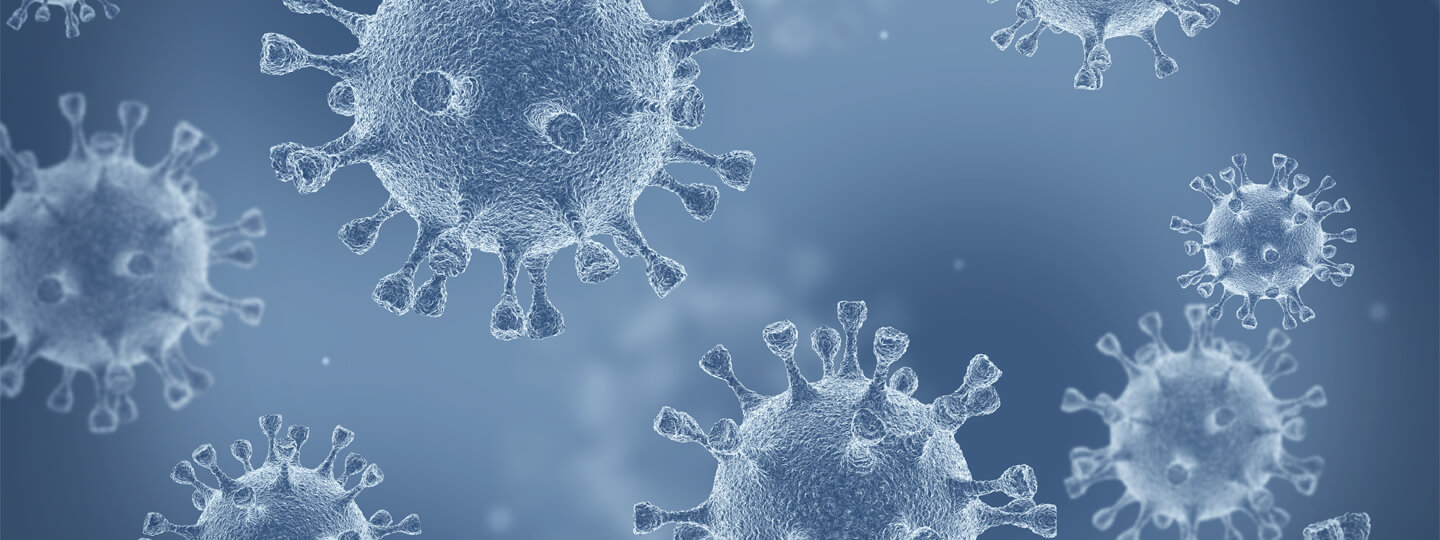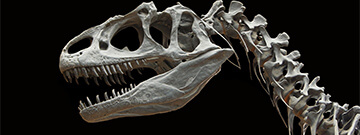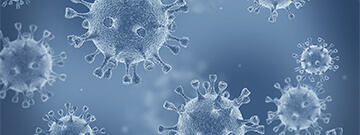
Stopping the Spread of Viruses
We’ve all experienced the potential for viruses. Whether it’s catching the flu or strep throat, these contagious illnesses come from incredibly small, almost alien-like creatures. This COVID-19 pandemic has shown us just how powerful these microbes can be.
But, what really is a virus? Viruses range from 25 to 200 nanometers. To put that into perspective: viruses are about 10,000 times smaller than a grain of salt. The structure of a virus is actually quite simple. Some viruses have envelopes, which are barriers that protect it. The capsid is a protein shell that carries the genetic material. The genetic material contains all the instructions for the virus to carry out its job of replicating. To replicate, it attaches itself to a host cell and inserts its genetic material into that cell. Now the virus can replicate itself, infecting the organism it attaches to. And it replicates pretty fast!
Viruses have different mechanisms of infection, including airborne transmission and bodily and object contact. For example, if someone sneezes on a surface, and someone else touches that same surface and then touches their face, they could be infected.
We’ve seen a lot of bad things about viruses so far, so why should we continue to study them? Learning more about a specific microbe can create vaccines for that virus. If you take a vaccine, you are less likely to contract that virus. Also, viruses aren’t all bad. Friendly viruses protect us against harmful bacteria, some of which are deadly.
Without viruses, we wouldn’t be here. So, let’s continue to learn more about these microscopic creatures, for our knowledge and the security of our future generations!
Sources: “Virus.” Genome.gov, https://www.genome.gov/genetics-glossary/Virus ![]() .
.
“Vaccines and Immunization: What Is Vaccination?” World Health Organization, World Health Organization, https://www.who.int/news-room/q-a-detail/vaccines-and-immunization-what-is-vaccination ![]() .
.
“Virus.” Encyclopedia Britannica, Encyclopedia Britannica, Inc., https://www.britannica.com/science/virus ![]()
Scientific Peer Review by Alysia Mandato
Aneri Shethji:
Aneri Shethji is a 10th grader at North Allegheny Intermediate High School. She is very passionate about science and writing and enjoys getting involved with the community. In her free time, Aneri spends time with friends and family and loves getting outside. She can’t wait to learn more about all that science has to offer, and help others learn it too!

On April 8, 2024, we will witness a mesmerizing event. A total solar eclipse is upon us, and here at the Science Center, we can explore this celestial phenomenon in many ways.
But first, what is this event? A ...

Climate change is a big deal. We’ve all seen news stories about greenhouse gas emissions, rising temperatures, and the hole in our ozone layer. However, what tends to sometimes be overlooked is climate change’s ...

In the captivating world of health care, a fascinating transformation is taking place—a rise in Artificial Intelligence, or AI! Picture a world where smart machines team up with doctors to revolutionize medicine, making ...

Hydroponics, a contemporary farming method, redefines how we grow plants, offering a fresh approach to cultivating crops that differs from traditional soil-based farming. This innovative technique doesn’t rely on soil ...

In our solar system, the eight planets—Mercury, Venus, Earth, Mars, Jupiter, Saturn, Uranus, and Neptune—are talked about more than anything. While the ...

Quantum computers are on the forefront of technological advancement. These machines, unlike any traditional computers you’re familiar with, harness the ...

The Earth is a spectacle of constant movement. Periodically, it commands our attention with displays of power—earthquakes. These events are tied to the intricate movements of the Earth's tectonic plates. Tectonic ...

Have you ever wondered how investigators in crime shows manage to identify suspects with such accuracy? Dusting for fingerprints isn’t always feasible in many cases, so the true answer lies in a different type of ...

Writers: Evan Allen, Ricardo Aguilar, Jillian Pensenstadler, Amelia Foley, and Ian Lisien
Once a center of industrial prowess, Pittsburgh has undergone a remarkable transformation, ...

Have you ever questioned what happens to the food you consume? Prepare yourself for a thrilling voyage as we go through your digestive system! We'll look at ...

When someone falls on their arm, they immediately head to the hospital to see if it is hurt. X-rays are used by doctors to examine your bones more ...

Even though dinosaurs became extinct about 65 million years ago, we know quite a bit about them, including what they ate, where they lived, and even what ...



